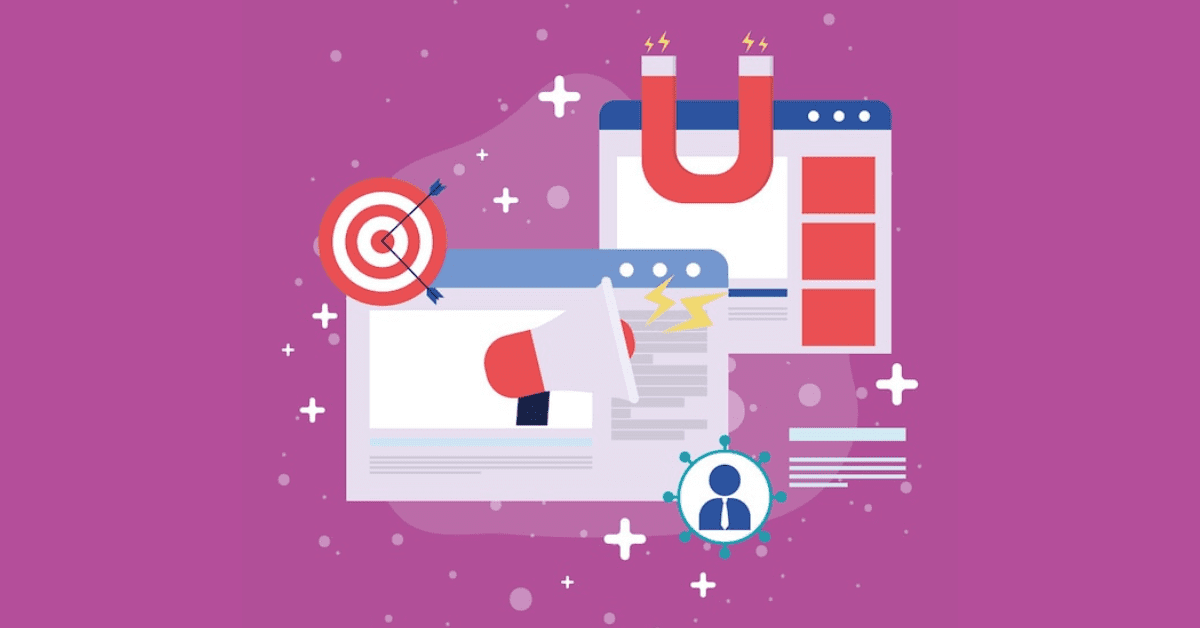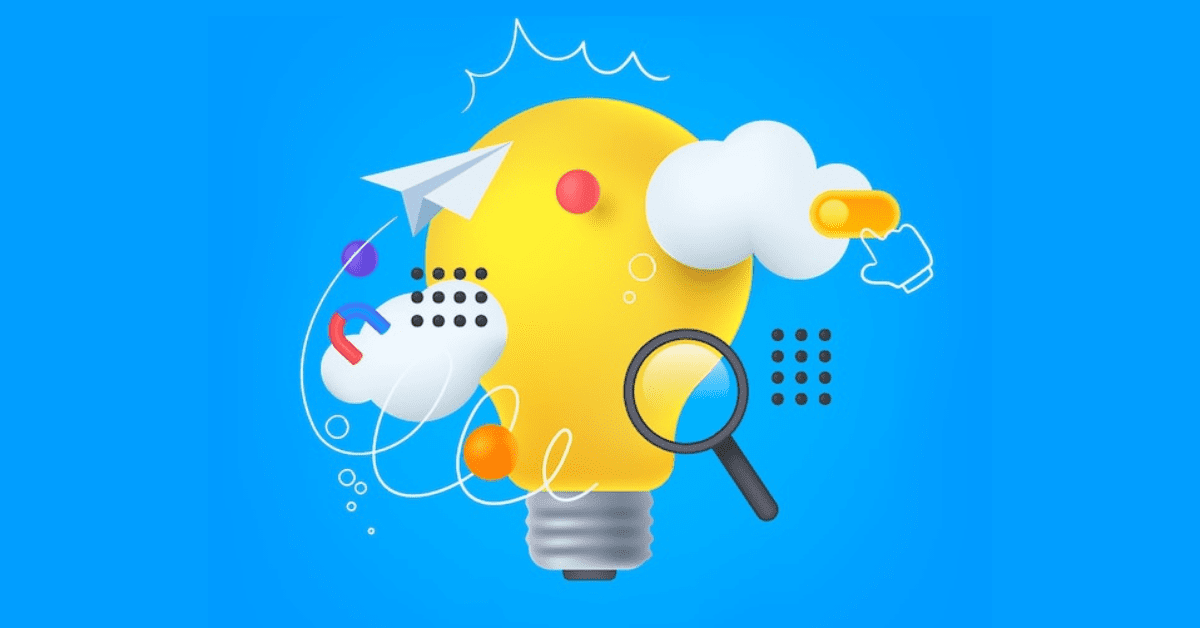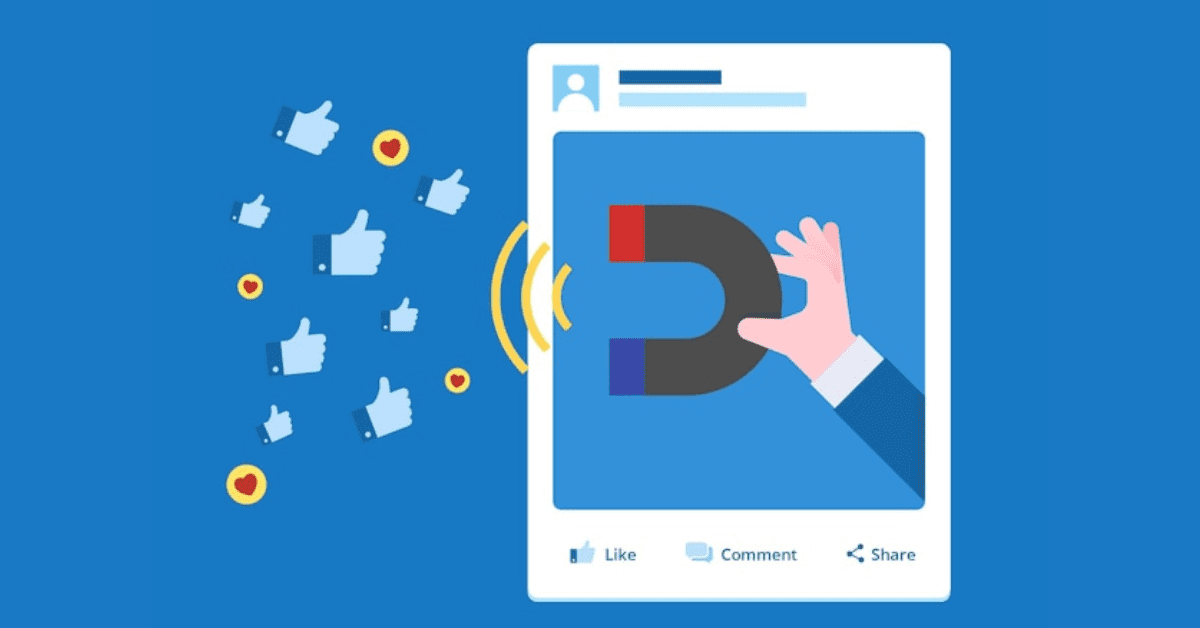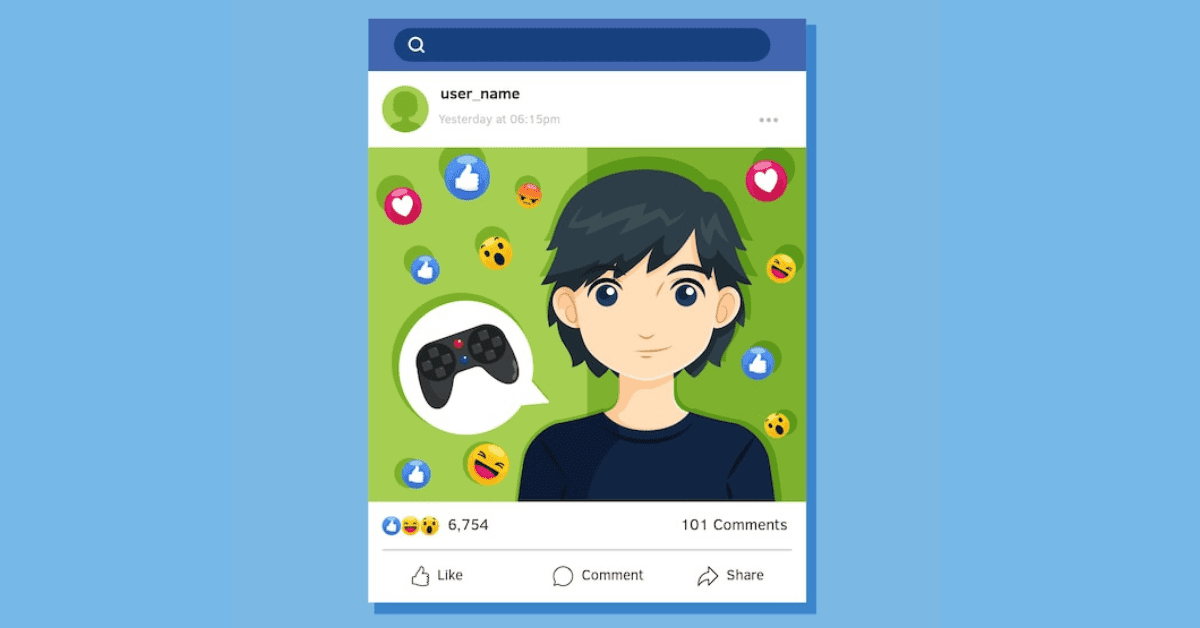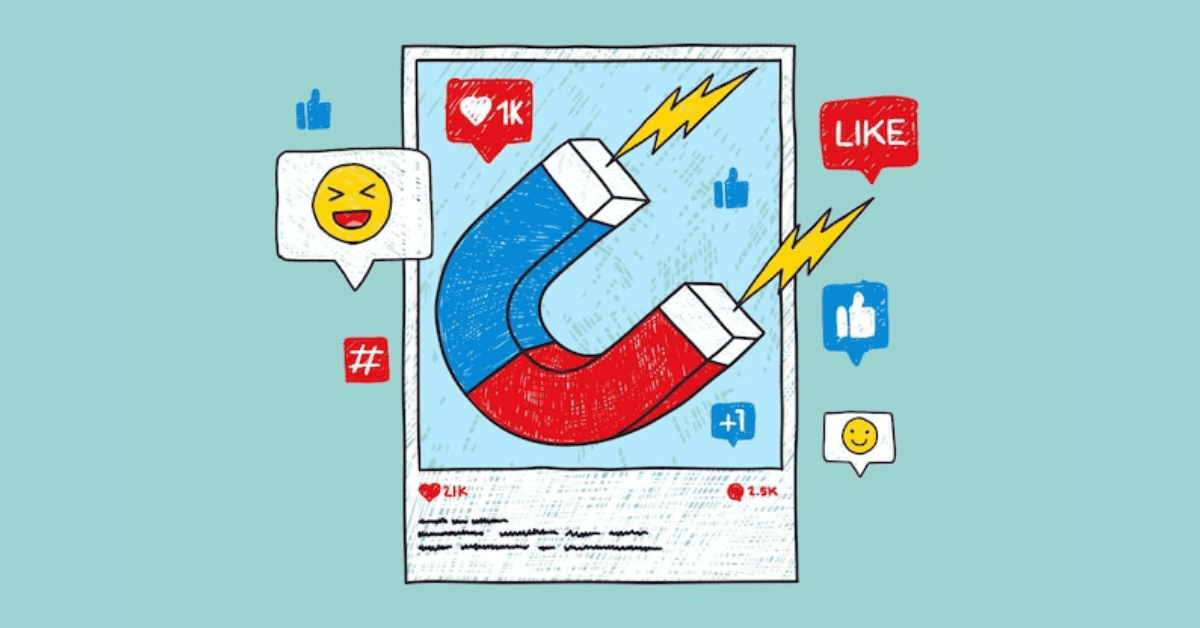You’ve poured your heart and soul into building your business. But these days, having an amazing product or service isn’t enough. With billions of Facebook users around the globe, advertising on the world’s biggest social network is essential for brand domination in 2024.
So in this guide, I’m going to show you exactly how to run profitable Facebook ad campaigns that generate sales on autopilot. The same strategies I used to turn a failed e-commerce business into a 7-figure juggernaut.
Ready? Let’s get started.
What Is Facebook Advertising?
Facebook advertising allows you to place ads in the Facebook newsfeed and across Facebook’s network of apps and services. These ads can promote your brand, collect leads, send traffic to your site, or directly sell products and services.
With Facebook ads, you can get laser-targeted and ONLY show your ads to your ideal customers. We’ll talk more about targeting options in a bit.
For now, just know that Facebook advertising gives you unparalleled ability to get your brand, product, or service in front of hot leads and ready-to-buy customers.
Pretty cool, right? Let’s dive into how to run campaigns that work.
Step #1: Set Up Your Facebook Pixel
Your Facebook pixel is a piece of code you put on your website. It allows you to track visitors from Facebook and target them with ads.
To set up your Facebook pixel, go to Data Sources and click Pixels.
Then click “add“.
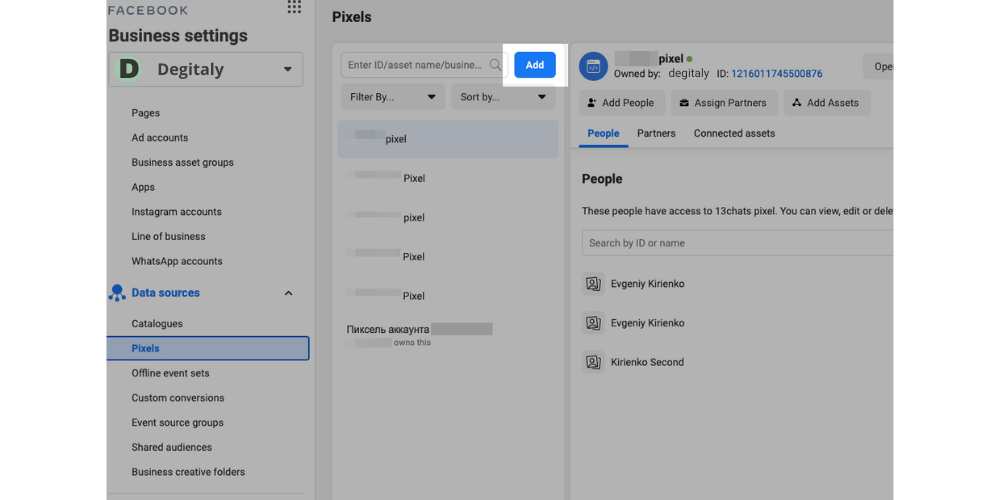
You’ll see an option to use the meta pixel you already have or create a new one. Since this is your first time using Facebook ads, you’ll click “Create a New Pixel.”
Name your pixel and enter your website URL.
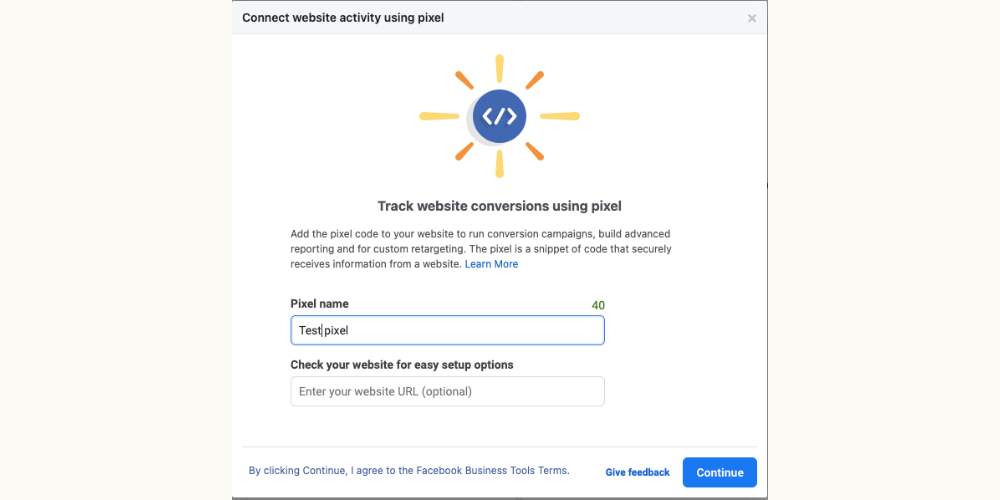
Next, Facebook will give you an ID to copy. You’ll need to install this on your website to start using your pixel.
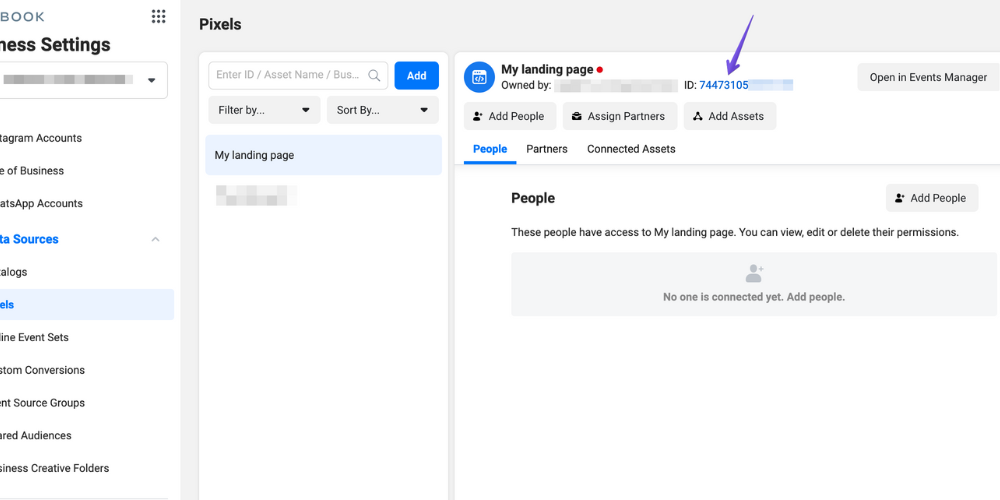
If you use WordPress, the easiest way to install your pixel is with a plugin like PixelYourSite. It will automatically add the code for you.

Once installed, you can start tracking visitors and running retargeting ads (more on that in Step #6).
Step #2: Define Your Campaign Goal
Facebook ad campaigns can have different objectives like:
- Brand Awareness: Show your ads to as many people as possible in your target audience.
- Traffic: Send people from Facebook to a specific website or page.
- Engagement: Get more engagement for your posts like likes, comments, and shares.
- Lead Generation: Collect leads for your business or product by having people fill out a form.
- Conversions: Have people purchase your products, complete a registration, or take another valuable action on your website.
Your campaign’s goal will determine which objective you choose. For example, if your goal is to generate more online sales, you’ll want to select the “Conversions” objective.

As a rule of thumb, it’s best to align your Facebook campaign with the end goal you have in mind. That way Facebook will optimize for the result you care most about (like sales or leads).
But what if you have multiple goals for a single campaign? No worries – I’ll cover that shortly.
Step #3: Target Your Ideal Audience
Audience targeting options are one of the biggest advantages of advertising on Facebook.
You’ve got tons of ways to make sure your ads are getting in front of the exact people who are most likely to become your customers.
For example, let’s say you own a car detailing business in San Diego, CA. You could target:
– Location: San Diego and surrounding cities and neighborhoods
– Demographics: Male, ages 25-50, interested in luxury vehicles or auto maintenance
– Interests: Car detailing, automotive repair, auto customization
– Behaviors: Own a luxury vehicle, frequent automobile purchasers
This level of targeting is worlds away from a billboard on the highway that every driver sees regardless of whether they’ll ever use your services.
With Facebook ads, you pay to reach only the RIGHT people who are most likely to become leads and sales for your business.
This is just scratching the surface of Facebook ad targeting too. You can also create audiences around:
- People who visited specific pages on your site
- People similar to your current customers
- Customer lists you already have
- And all sorts of advanced combinations
Take advantage of Facebook’s audience options to find your ideal customers. If you target too broad, you’ll waste ad spend. But if you get too granular, your audience could end up too small. Test and tweak your targeting over time.
Pro tip: Facebook will give you an “Audience Definition Gauge” for every audience you build. Use this to make sure you aren’t targeting too narrow or broad.
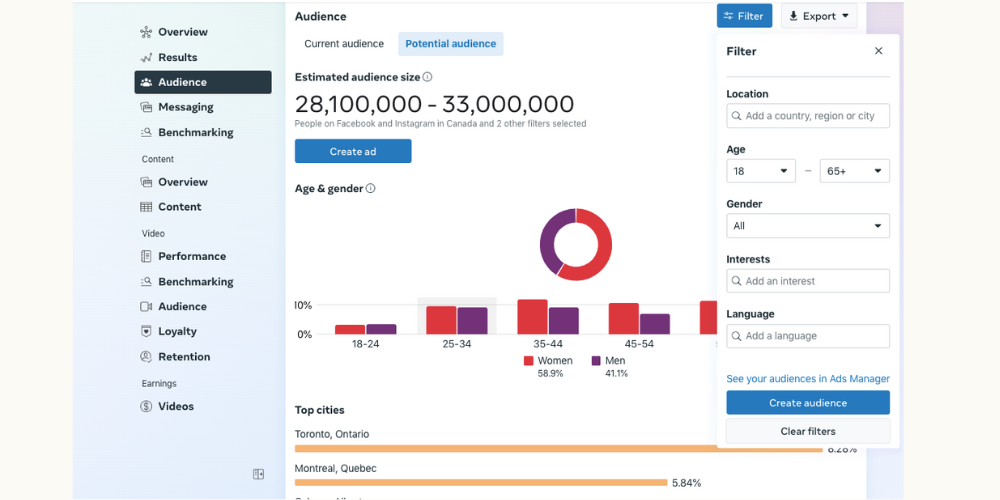
Step #4: Design Your Facebook Ad Creative
Now that you’ve set up your pixel, defined your goals, and targeted your ideal customer, it’s time to design your ad’s look and feel.
This is composed of a few key elements:
- Ads Image or Video
- Primary Ad Text
- Headline
- Description
- Call-to-Action
Your ad creative is the first thing people will notice about your ad in their newsfeed. So nailing these elements is crucial to capturing attention and getting results.
Let’s start with your image or video. This needs to be visually striking and attention-grabbing. For image ads, contrast, bright colors, and lifestyle imagery tend to work best.
For example, this ad from a CrossFit equipment brand immediately makes you stop scrolling with its intense visual:
For video ads, use quick cuts, on-screen text callouts, and a hook in the first few seconds that gets people interested.
Next up is your primary ad text, headline, and ad copy description. Keep these short, punchy, and benefits-oriented to draw people in.
Like this ad example that quickly communicates the key benefits of their subscription product:
“Introducing Total Styling Box. A new way to stay on-trend for less than the cost of 1 outfit per month”.
Finally, your Facebook ad’s CTA tells people exactly what to do next: “Sign Up“, “Learn More“, “Shop Now“, etc.
The right CTA combined with the perfect image and ad copy creates an irresistible package that makes your target audience want to click through and take action.
Don’t be afraid to test multiple ad creative variations to find out what works best. More on that soon.
Step #5: Set Your Facebook Ad Spend Plan
Not sure how much to budget for your Facebook ads? Conventional wisdom says to start small and scale spending as you find profitable ad campaigns.
Many experienced Facebook advertisers suggest starting with around a $5-10/day budget per ad set. This gives you enough data to determine if your ads are working without going over budget if things don’t pan out.
So if you start with 3 different ad sets, that’s a budget of $15-30/day total. Once you find a winner, pause the losing ad sets and scale up the budget behind your profitable ad set.
This grounds your budget in real performance data rather than shooting from the hip.
As for total ad spend, most businesses should allocate at least 5-12% of their revenue goal to Facebook advertising. So if you want to generate an extra $500,000 from Facebook ads, your budget would be $25,000-$60,000.
Of course, these are just rules of thumb and your ad budget should make sense for your profit margins, business goals, and resources available.
The most important thing is being willing to invest in testing until you strike profitable gold. Sometimes a completely unexpected ad or audience ends up being your cash cow.
Step #6: Run Retargeting Campaigns
Facebook’s targeting powers are incredible for finding new potential customers. But you should also take advantage of retargeting people who already know your brand.
Retargeting means showing ads to people who previously visited your website or engaged with your Facebook content. They’ve already expressed interest in what you offer, making them higher-intent leads.
Thanks to the Facebook pixel you set up earlier, it’s easy to create retargeting ad campaigns.
For example, you can create an audience of people who visited your pricing page but didn’t buy. Promote a limited-time offer or deal to re-engage them and close the sale.
Or create custom audiences of people who watched your brand video but didn’t click through. Offer up a free ebook or whitepaper to keep them moving down your funnel.
Retargeting typically crushes cold traffic campaigns because these people already recognize your brand and are further along in the customer journey.
The best practice is to run retargeting ads alongside your new customer prospecting campaigns for a steady flow of conversions at every stage.
Step #7: Split Test Everything
If there’s one Facebook advertising strategy that separates the winners from losers, it’s this: always be testing.
Consistent split testing and optimization of your ads is key to getting more bang for your Facebook ad buck. Even tiny tweaks to your:
- Ad Creative (images, copy, etc)
- Offers & Promotions
- Targeting
- Placements
- Or other variables
…can dramatically change your ad performance and profit margins.
Let me show you an example of how powerful split testing can be.
A while back, my e-commerce friend Tyler was struggling with his Facebook ads. The ads promoting his “Buy 1, Get 1 Free” shoe deal were bleeding money with a 400% cost per purchase.
Not ideal.
Luckily, Tyler is a split-testing fanatic. So before giving up, he created a new ad set with a small $20/day budget to test some adjustments.
First, he changed the offer to a flat 25% discount instead of a BOGO deal. His thinking was that the “25% Off” messaging would be more compelling with less friction than a Buy 1, Get 1 promotion.
Next, he swapped the creative for an image of a male model wearing the shoes instead of just a plain product shot.
Finally, he updated his audience to target a fresh set of interests around male fashion and urban streetwear. Since these tweaks were essentially a new ad concept, he created a new campaign and ad set to keep the data separate.
The result? His new split test variation crushed the original with a 167% increase in conversion rate and 62% lower cost per purchase.
His small $20 test quickly paid off when he reallocated all his budget to the winning variation. Over the coming weeks, that single split test generated over $87,000 in revenue for Tyler’s shoe brand.
Not bad for a few simple tweaks, right?
So never settle for an “okay” performing ad. Split test aggressively to continually optimize and improve your Facebook advertising results over time.
Step #8: The Curiosity Ad Hack
Let’s face it – people are bombarded with ads constantly these days. That’s why it’s getting harder than ever to capture attention with your Facebook ads.
People are quick to scroll or swipe past ads that look too “salesy” or don’t catch their eye in the first few seconds.
That’s where the curiosity ad approach comes into play. Curiosity ads are designed to stop the scroll and compel people to click by piquing their curiosity about your product, service, or offer.
You can pique curiosity in a few different ways with your ads:
- Use an eye-catching image that creates a “What is this?” reaction and makes people want to learn more.
- Ask an intriguing question in your ad headline or copy that resonates with your audience’s biggest pain points or desires.
- Promise a “secret” or little-known hack, tip, or strategy that is highly relevant to your audience.
For example, which of these Facebook ad images would make you more curious to click and read the rest of the ad?
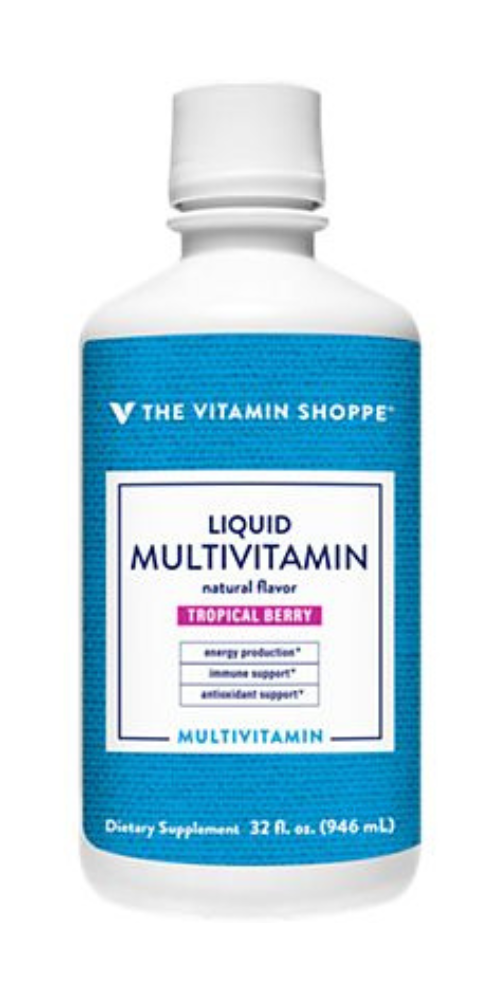
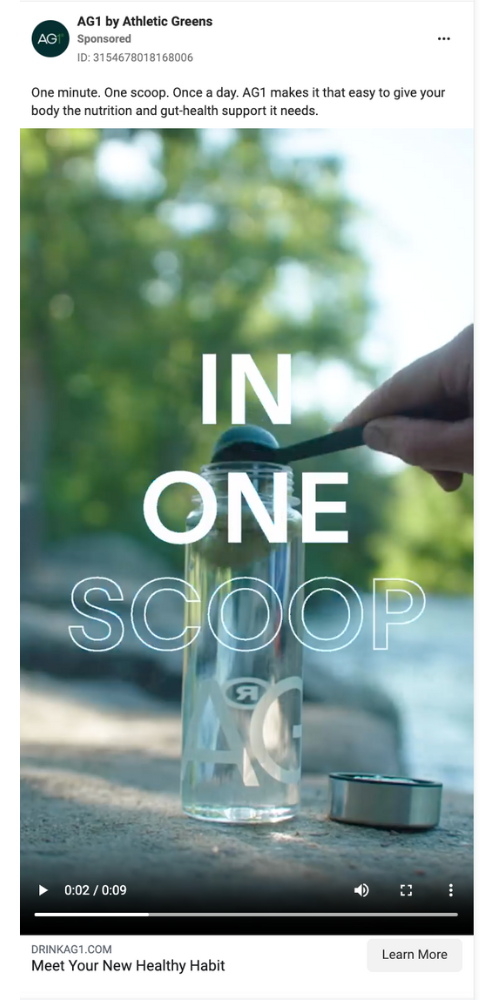
If you’re even remotely interested in health/fitness/wellness, the second image is probably going to grab your attention and make you want to learn what the ad is about. That’s the curiosity factor in action.
Combine compelling visuals with curiosity-inducing ad copy like:
“The Weird Trick For Getting Shredded Abs After 40 (No Diets or Exercise Required)”
“See The Most Underrated Supplement For Weight Loss (It’s Not What You Think)”
I think you get the idea. Use curiosity tactics to stand out from the sea of boring Facebook ads. Get people intrigued and compel them to click to learn more about your offer.
Just make sure you deliver on the curiosity you create with a strong follow-up landing page and offer. Don’t use deceptive tactics that disappoint people after they click your ad.
Done right, curiosity ads can give your Facebook advertising a serious engagement and conversion boost.
Step #9: Run Link Click Ads to Remarket Cold Traffic
So far we’ve covered audience targeting, split testing, retargeting campaigns, and using curiosity to capture attention with your ads.
But there’s one more advanced Facebook ads strategy that ties everything together: Link Click Ads.
Link Click Ads allow you to show ads to anyone who clicks on your other Facebook ads, posts, or content. It’s an additional level of remarketing beyond the website visitor audiences you can create with the Facebook pixel.
For example, let’s say you run a curiosity ad about “The Weird Trick For Getting Shredded Abs” as we talked about earlier. A bunch of people clicks the ad to learn more, but they don’t opt-in or buy on your landing page.
A few days later, you can create a Link Click ad that shows custom messaging and offers only to those specific people who clicked your original Curiosity ad.
“Still Looking For Six Pack Abs?”
“You Clicked My Abs Trick Ad Last Week. Here’s The Unusual Method I Promised…”
You’re able to continue marketing to confirmed prospects who were interested enough to click through from your cold traffic campaigns. This allows you to nurture the relationship and increase your chances of turning those clicks into customers or subscribers.
Link Click ads are a powerful way to re-engage audiences that you’ve “pre-qualified” with your other Facebook advertising efforts. You get enhanced relevancy at a fraction of the cost of finding those interested prospects all over again with new cold ads.
It’s just one more way to take full advantage of Facebook’s paid advertising targeting capabilities for audience segmentation and sales funnel optimization.
Step #10: Rinse and Repeat
I’ve given you an extensive framework for crafting profitable Facebook ad campaigns. But like any marketing strategy, Facebook advertising is an iterative process that requires continual optimization and fresh creativity.
The brands that go all-in on Facebook ads for the long haul are the ones that embrace testing as an ongoing process. They are constantly:
- Launching new ad variations
- Trying new offers, messaging angles, and promotions
- Exploring different audience targeting options
- Adjusting budgets and bids as results come in
- And looking for fresh creative hooks
In other words, they view successful ads not as the final destination, but as the starting point for the next winning campaign.
That’s why you should set firm campaign start and end dates for every new batch of ads you run. Let Facebook’s ad delivery system find the most clickable/convertible versions. When the campaign wraps up, analyze the data to determine what worked and what didn’t.
Then? Rinse and repeat, implementing your key learnings into the next round of ads.
Over time, you’ll uncover more profitable audiences, creative concepts that outperform the rest, and optimized campaigns that serve as templates for scaling ad spend.
You’ll test new ideas, discard underperformers, and reinvest your resources into the best Facebook advertising opportunities for your brand.
Does this sound like a ton of work? You bet. But that’s the price of tapping into the biggest consumer attention market in the world.
Those willing to grind away at ad testing, optimization, and fresh creative development will be rewarded with the ability to consistently generate sales and leads from Facebook’s tremendous audience.
Start Testing Your Facebook Advertising Today
There you have it – my complete 10-step game plan for dominating your industry with Facebook ads.
To quickly recap, here are the phases for building out profitable Facebook advertising campaigns:
1. Set up your Facebook pixel for tracking website visitors
2. Define your campaign objective and goals
3. Create detailed targeting for your ideal customer
4. Design compelling ad images, copy, and creative
5. Set a budget and test spend amounts
6. Run retargeting campaigns to re-engage prospects
7. Implement constant split testing and optimization cycles
8. Use curiosity tactics to capture cold audience attention
9. Remarket with Link Click ads to increase conversions
10. Regularly refresh ad creative, offers, and targeting
It’s not a small undertaking. But with the sheer number of people active on Facebook every day, it’s well worth the investment.
Successful Facebook advertising campaigns can drive a torrent of engaged customer traffic to your business while putting your brand in front of customers at scale.
So if you’re ready to tap into those lucrative results, start split-testing new ad creative following the steps in this guide today.
Just remember: effective Facebook advertising takes work. A few mediocre ads left to run on autopilot won’t cut it. Stay studious about optimizing every step in the process, and you’ll get results that leave your competitors wondering what hit them.

